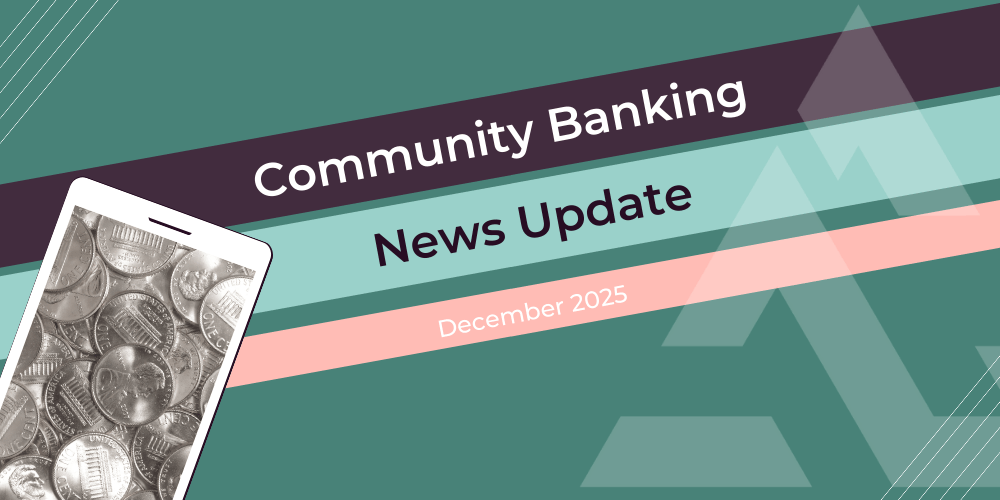The Year in Cross-Border Payments and Correspondent Banking
International wire automation, stablecoins, wallets, and AI reshape global money movement What a pivotal year in cross-border payments. No one...
3 min read
 Damon Magnuski, CEO, Acceleron
:
11/14/24 11:29 AM
Damon Magnuski, CEO, Acceleron
:
11/14/24 11:29 AM

Actionable steps to make international wire transfers faster and error-free
Dealing with inbound international wire transfers can feel like navigating a maze — frustrating, slow, and often confusing. Today, we're breaking down the common challenges that make this process so painful and, more importantly, exploring practical steps you can take to simplify it.
Before we jump into the problems, let's clear up a couple of key terms:

Now, let's break down the core issues and how to solve them.
Using another institution’s SWIFT BIC number can create unnecessary confusion. When one of your customers asks how they can receive funds from, say, France, you provide the payment instructions from your correspondent bank for that specific country. This typically includes your correspondent's SWIFT BIC, and in some cases, their correspondent’s SWIFT BIC as well.
If the sender doesn’t input every detail perfectly, your correspondent may receive the funds without clear information on the final beneficiary. This ambiguity can cause frustrating delays as they work to trace the transaction and identify the recipient.
Registering for a free non-connected SWIFT BIC is a game changer. It’s a reference code that identifies your institution specifically, even though you can’t send or receive SWIFT messages directly. Your correspondent bank can tie your BIC to their system. This way, when the originating bank in France uses your code, your correspondent immediately knows the funds are destined for your institution, providing clarity and speeding up the process.
Once the payment is initiated, the next problem is logging into your correspondent bank’s system to view the transaction details. Often, crucial information — like who the beneficiary is or where the payment originated — may be missing or incomplete. The longer the chain of banks involved, the more likely it is that important data gets stripped out along the way.
Virtual account numbers are your friend here. Each of your customers can be assigned a virtual account number for the country or zone where the funds are coming from. This virtual account number sticks with the transaction throughout the process, so you’ll have a quick reference on who the funds are for, and who sent them. By the time it reaches you, you'll know exactly who the funds are for, eliminating the guessing game.
Even when you have all the necessary data, you might still need to manually key the information into your own payment system. This manual process not only wastes time but also increases the risk of errors, which could lead to even more delays or compliance issues.
Many correspondent banks offer the option to use API connectivity or send files with the required payment data. This automated approach reduces errors and saves time. If integrating an API seems too technically complex for your institution, we can help you explore your options and find a solution that fits.
For more on how to automate your international wire processes, read our article:
Once the payment data is in your system, you can finally reconcile the transaction. You know the originator, the beneficiary, and the funds have been settled. But if the data can’t flow directly into your payments engine, you’re back to the same manual pain points.
Some correspondent banks try to simplify things by sending international wire funds as domestic wires, attaching relevant data as needed. While this is a clever workaround, it can lead to compliance headaches. International wires have stricter requirements, especially concerning Anti-Money Laundering (AML) and sanctions screening. If you go down this path, ensure the transaction still flows through your international workflows, so nothing falls through the cracks.
Inbound international wire transfers are notoriously frustrating, but the pain can be mitigated. Here’s how:
At Acceleron, we can help with all three of these pain points. If you have any questions or want to learn more, feel free to reach out. Let’s make inbound international payments smoother together.
Acceleron builds patented software that allows community banks and credit unions to conduct international payment transactions profitably through a correspondent banking marketplace. Serving over 200 financial institutions and facilitating more than $1 billion in international payments annually, Acceleron helps small banks generate non-interest income and compete more effectively with high-fee big banks. Our solutions integrate seamlessly with top payments platforms, ensuring quick implementation and smooth operation.
Subscribe to our monthly newsletter to stay ahead of the curve and get original content you won't find anywhere else!

International wire automation, stablecoins, wallets, and AI reshape global money movement What a pivotal year in cross-border payments. No one...

New rules, no pennies, and next-generation rails: this month’s biggest banking news As the year winds down, the industry isn’t slowing. The Fed is...

The SVP, Head of Business Development for Service Providers at The Clearing House talks instant payments, bourbon, and fraud. When you talk to...